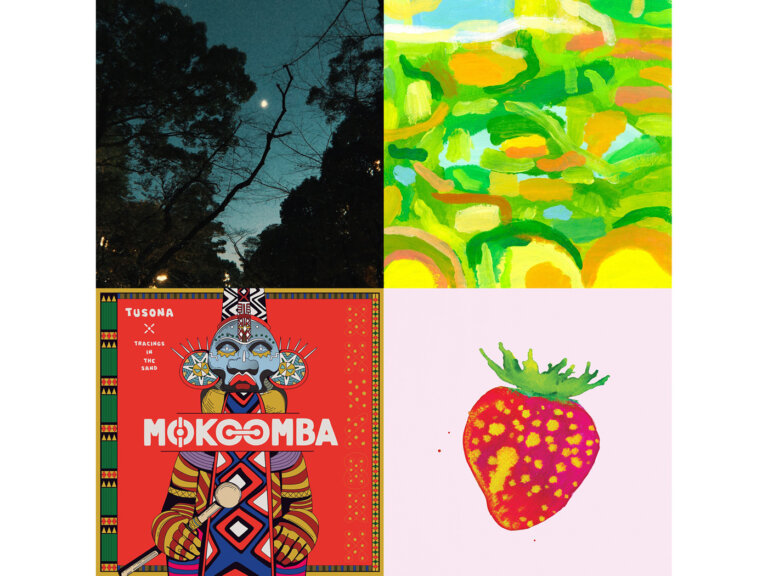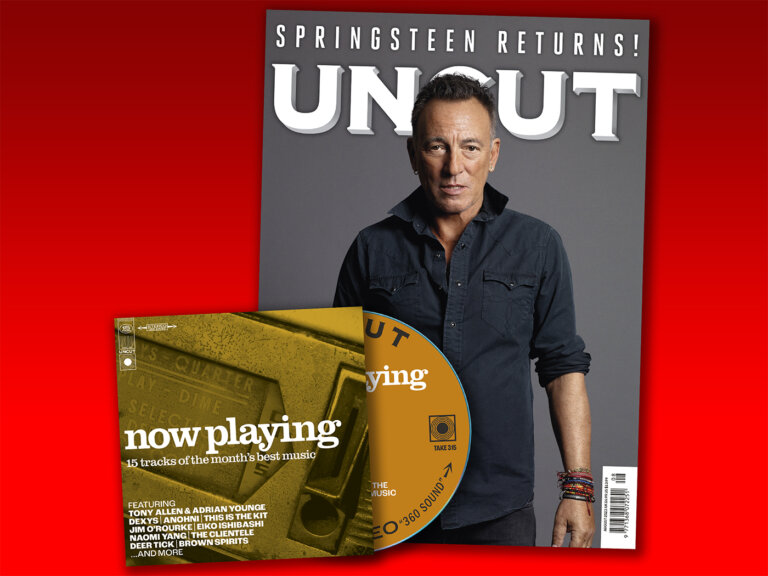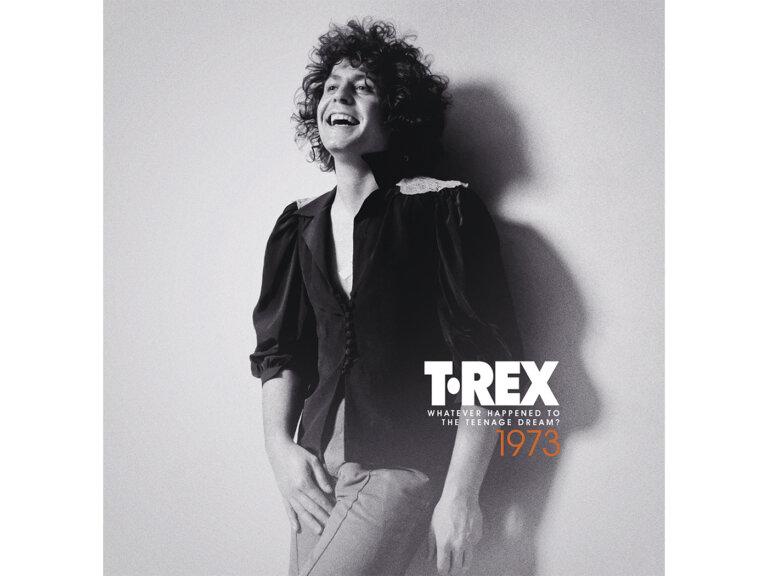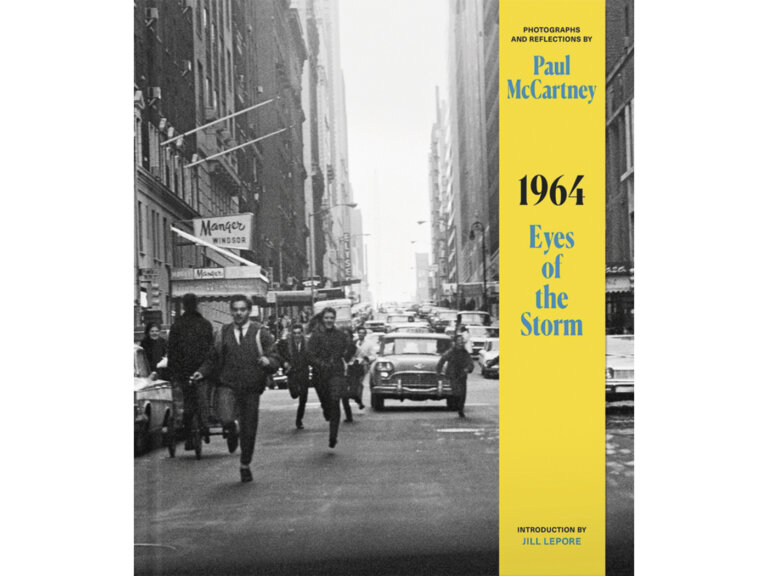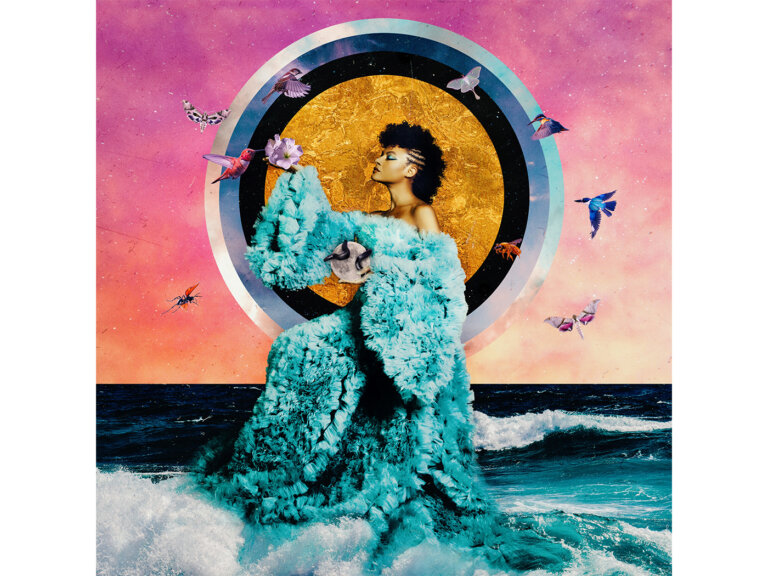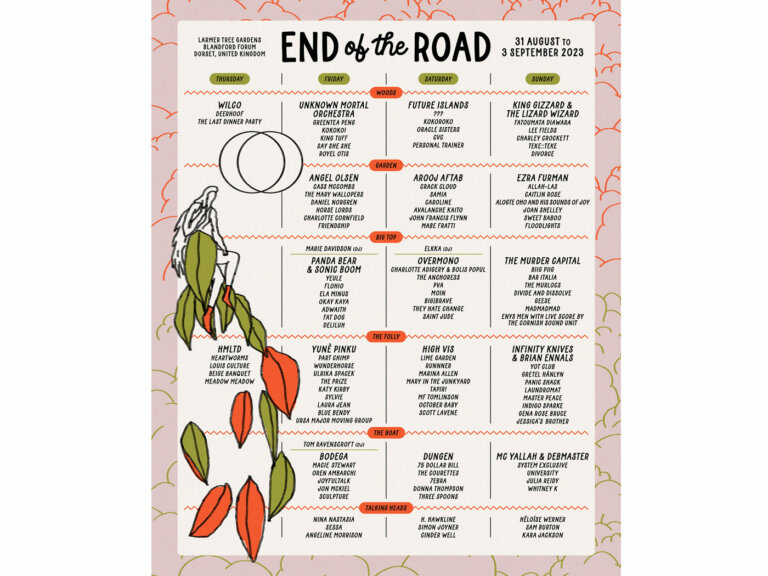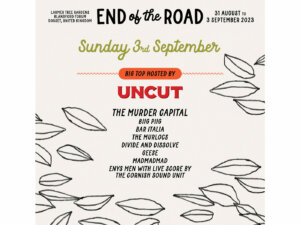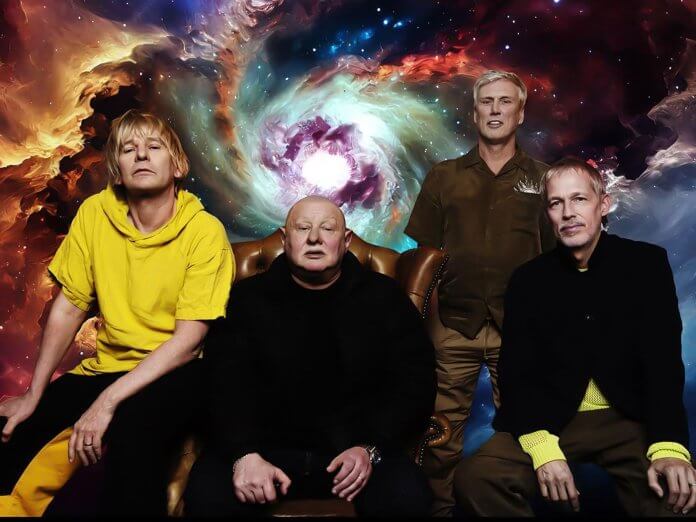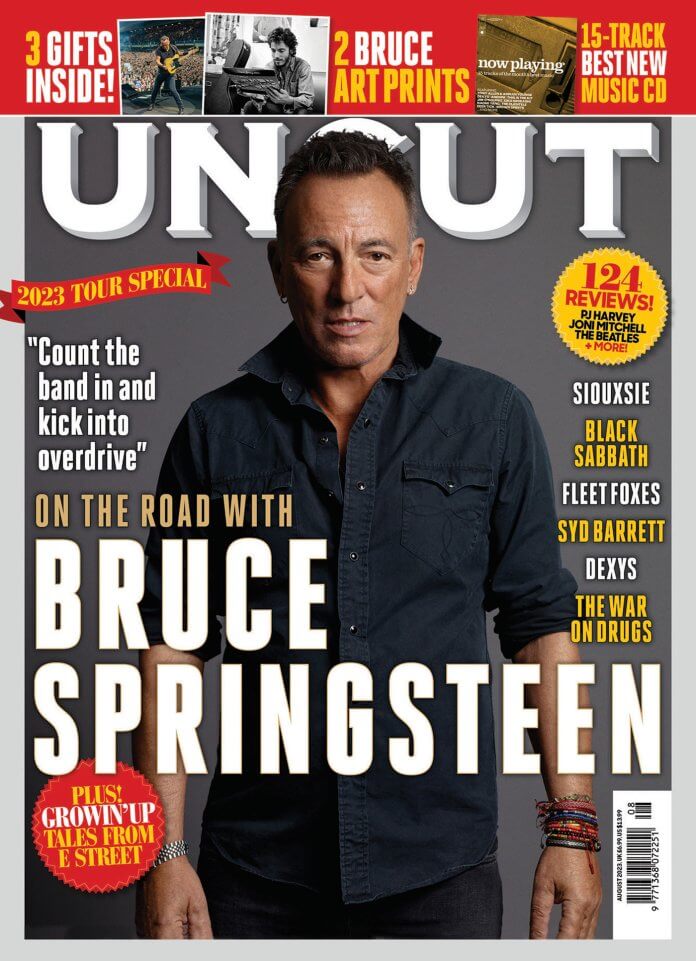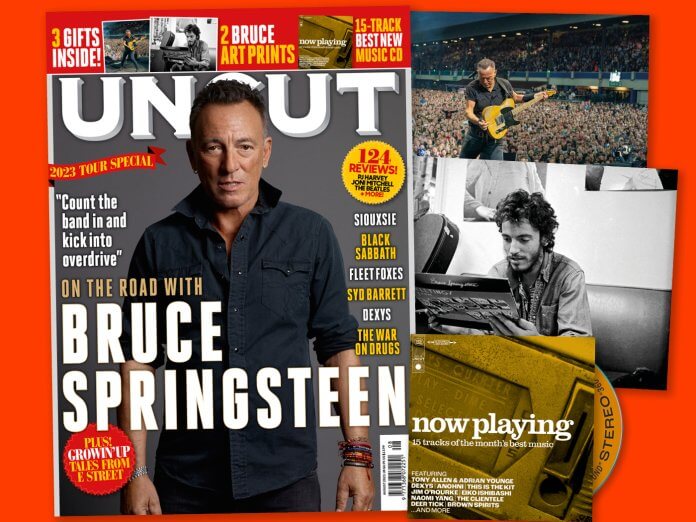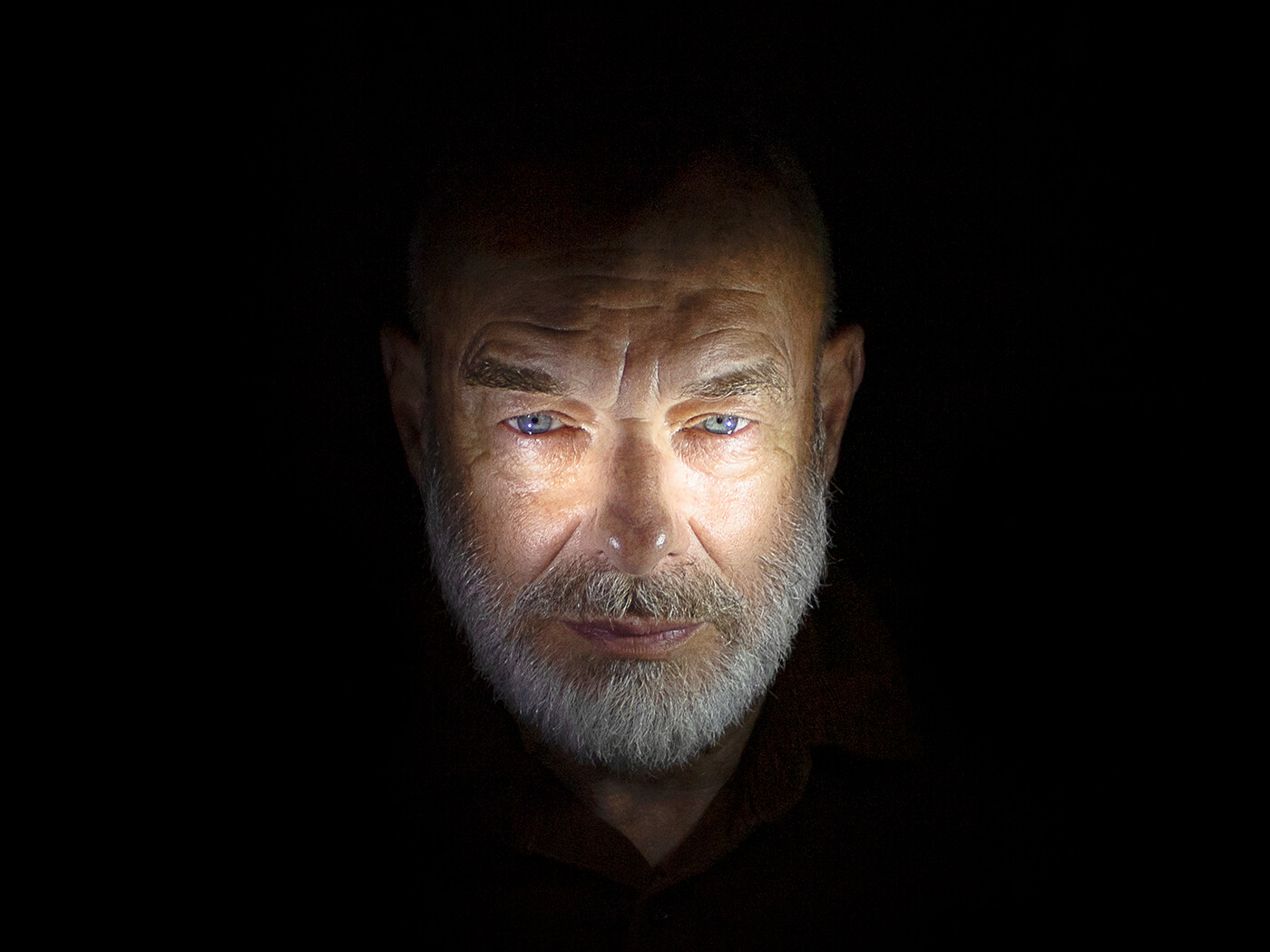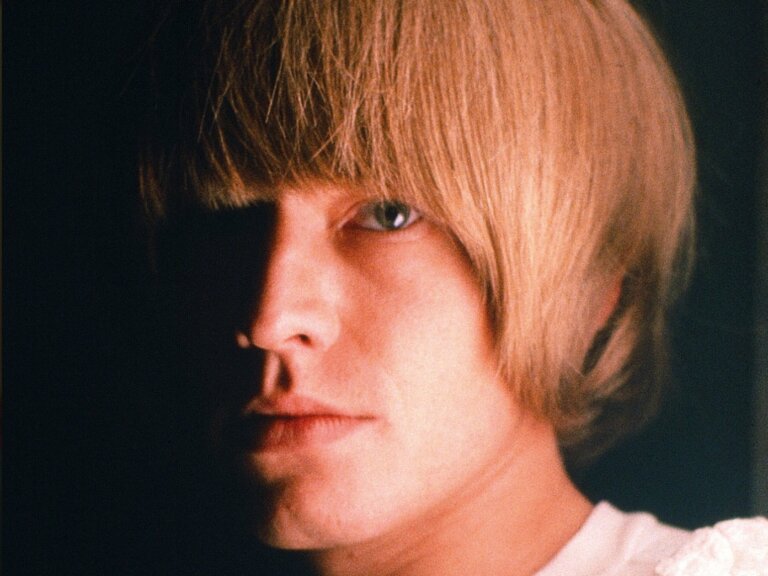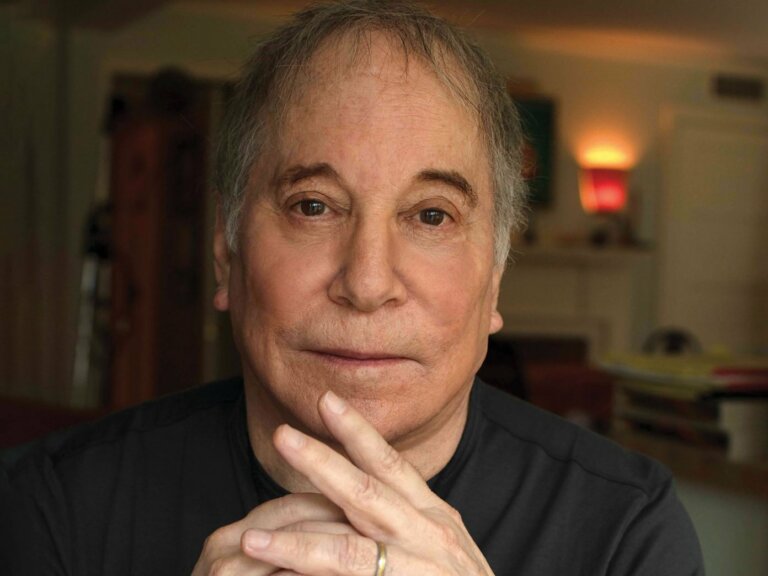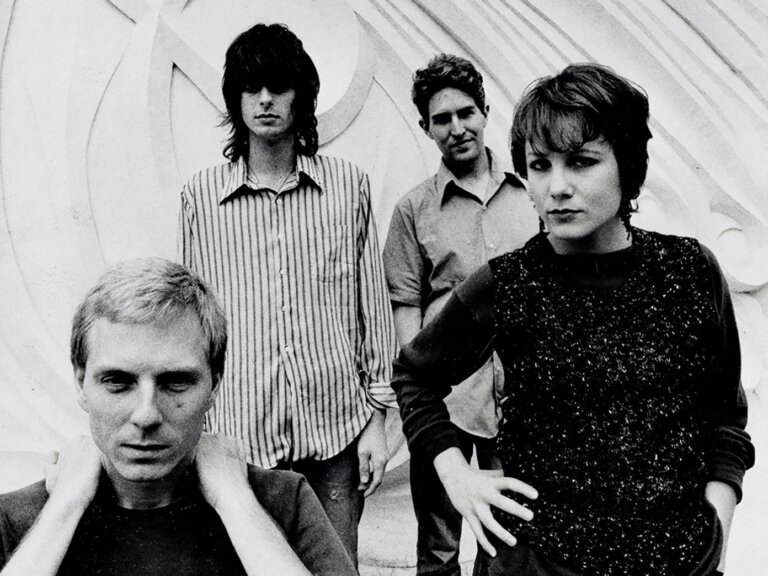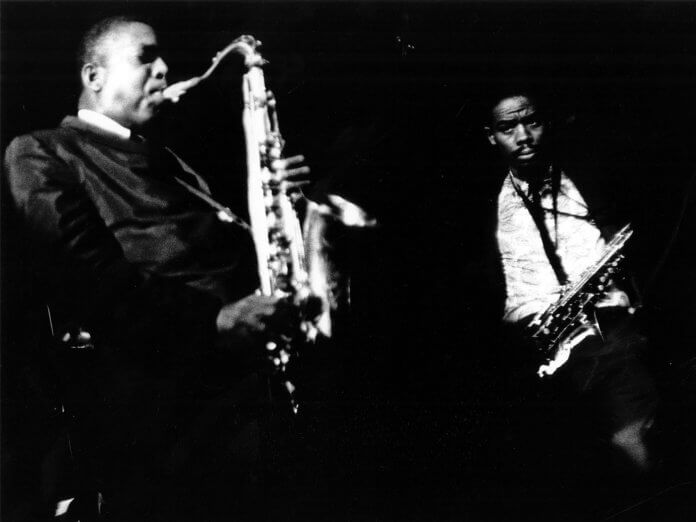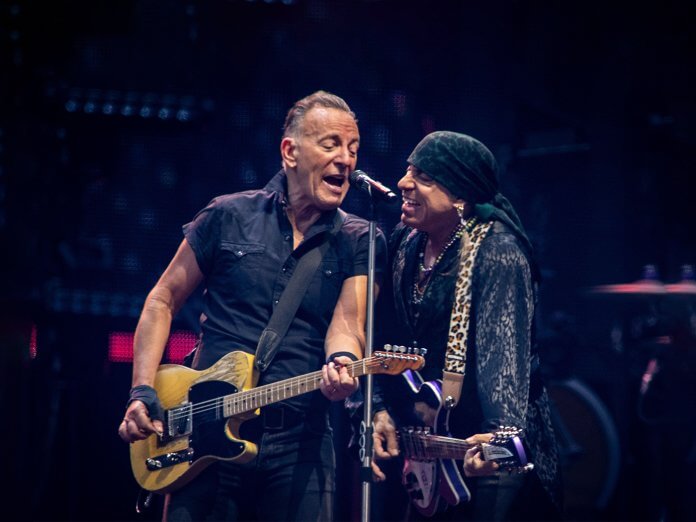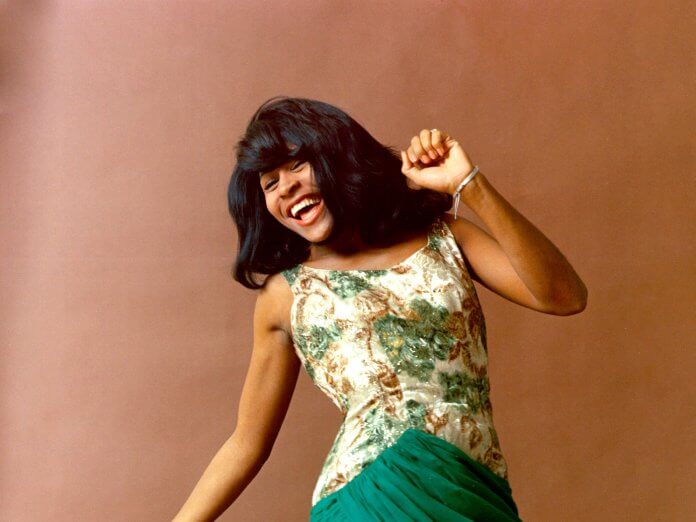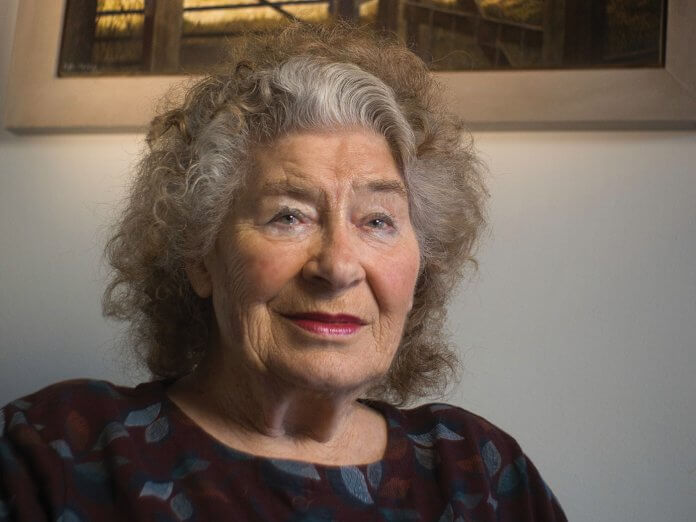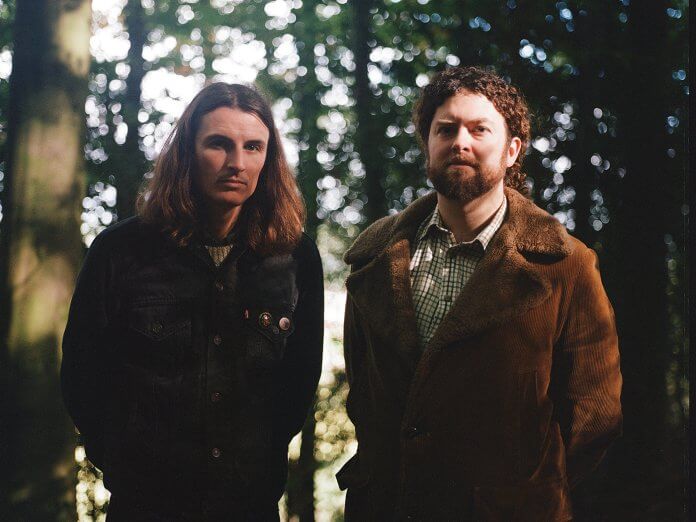HAVE A COPY SENT STRAIGHT TO YOUR HOME
All copies of the August issue of Uncut magazine come with a free, 15-track CD – Now Playing – that showcases the wealth of great new music on offer this month. All of these artists appear in the pages of Uncut’s August 2023 issue – either in features or our burgeoning reviews section. There’s plenty here for everyone, so dive in!
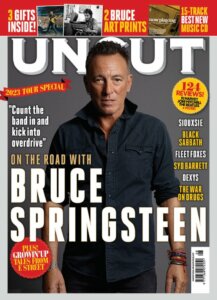
Here, then, is your guide to Now Playing…
1 Eiko Ishibashi
Drive My Car
Uncut heads to Bologna to meet Ishibashi and Jim O’Rourke in our new issue, so we begin this month’s CD with a piece from the former’s superb Drive My Car soundtrack. Here, lounge and bossa nova meet melancholic strings within airy production.
2 Cory Hanson
Wings
Let’s gloss over the title of the Wand mainman’s latest album, Western Cum, and enjoy hard-rocking tracks such as this. As with his usual band, there’s a definite early Radiohead feel and Hanson’s guitar work is as sublime here as that comparison suggests.
3 This Is The Kit
Stuck In A Room
Careful Of Your Keepers is the new album from Kate Stables’ collective. Produced by Gruff Rhys, tracks like “Stuck In A Room” showcase their polyrhythmic gallop and Stables’ ever-engrossing lyrics.
4 The Clientele
Dying In May
Once a chamber-pop group, this London band have spent the last decade and change branching out. This track from new album I Am Not There Anymore is still a surprise, though – a circling, string-drenched workout with a dancehall beat. Reviewed at length in the kissue.
5 Anna St Louis
Into The Deep
A friend and cohort of Kevin Morby, St Louis’ new album In The Air, her second, is her best yet. Recorded with Woods’ Jarvis Taveniere in the producer’s seat, it pairs the songwriter’s honeyed hymns to crisp, timeless Americana.
6 Brown Spirits
Ode To Dorothy
This Melbourne crew have been around a while in various bands, but it’s all come together on their latest LP Solitary Transmissions. Driven by a funky krautrock groove, the instrumental “Ode To Dorothy” journeys into jazzier, spacier worlds.
7 Dexys
I’m Going To Get Free
The Feminine Divine is the first album of new material from Kevin Rowland and co in over a decade, a celebration of everything female. A horn-led northern soul stomp, it’s exactly what one might hope their return would be. Check out our exclusive interview with Rowland in the issue.
8 Deer Tick
If She Could Only See Me Now
John McCauley’s lot are on top form with the new Emotional Contracts album, their debut for ATO, produced by Dave Fridmann. He gives McCauley’s boisterous blues-rock a warm grittiness, and the results are undeniable.
9 Tony Allen & Adrian Younge
No End
A posthumous set on the Jazz Is Dead label, JID018 is a superlative showcase of the late drummer’s mastery and invention. Younge is a fitting foil for Allen, adding dirty funk lines and grainy vibrant production to instrumentals such as this cut.
10 ANOHNI and the Johnsons
It Must Change
Anohni Hegarty leaves behind the electronics of 2016’s Hopelessness in favour of lush, tender soul on her new LP, My Back Was A Bridge For You To Cross. There are echoes of I Am A Bird Now, but a new gospel-infused confidence too.
11 Julie Byrne
Moonless
Byrne’s new album, the long-awaited The Greater Wings, is reviewed at length on page 35, and here’s an example of its broken, yearning charms. Dealing with grief and memory, Byrne explores strings, piano and synths to weave a powerful spell.
12 Molly Tuttle & Golden Highway
Next Rodeo
As Tuttle sings here, this isn’t her first rodeo, yet new album City Of Gold is an effective slice of her bluegrass-infused songwriting, bolstered by fine performances by her Golden Highway group. It’s our Americana Album Of The Month in this month’s issue.
13 Sam Burton
I Don’t Blame You
Have a look at our lengthy review of Burton’s Dear Departed LP in this issue while you check out this future transmission from a parallel past. Like, say, Weyes Blood, Burton harnesses musical history but speaks to today.
14 Naomi Yang
Boxing And The City
Best known for her work in Damon & Naomi and Galaxie 500, Yang has now directed a documentary about an East Boston boxing gym, Never Be A Punching Bag For Nobody, and – naturally – provided the soundtrack. Here’s a tranquil electronic highlight, melodic and atmospheric in equal measure.
15 Jim O’Rourke
A Man’s Mind Will Play Tricks On Him (Edit)
We finish close to where we started this month, with a piece from the Japan-based musician’s new Hands That Bind soundtrack. Driven by a jazzy pulse, it drifts off into a dreamlike state – head to page 74 in the new issue to read our six-page feature.
HAVE A COPY SENT STRAIGHT TO YOUR HOME


